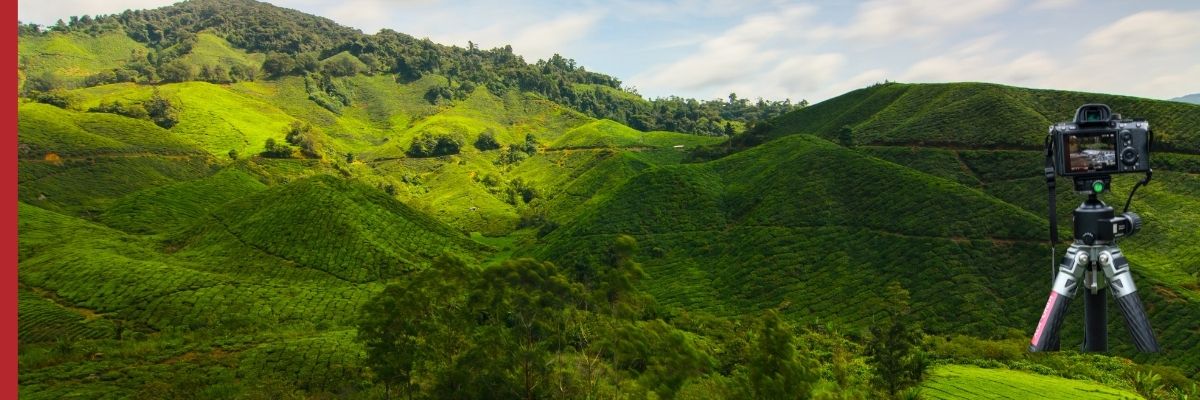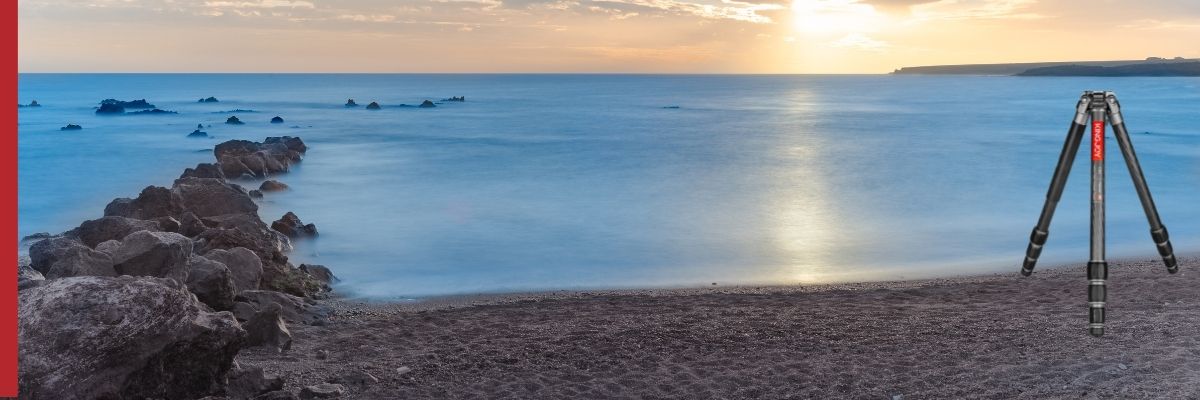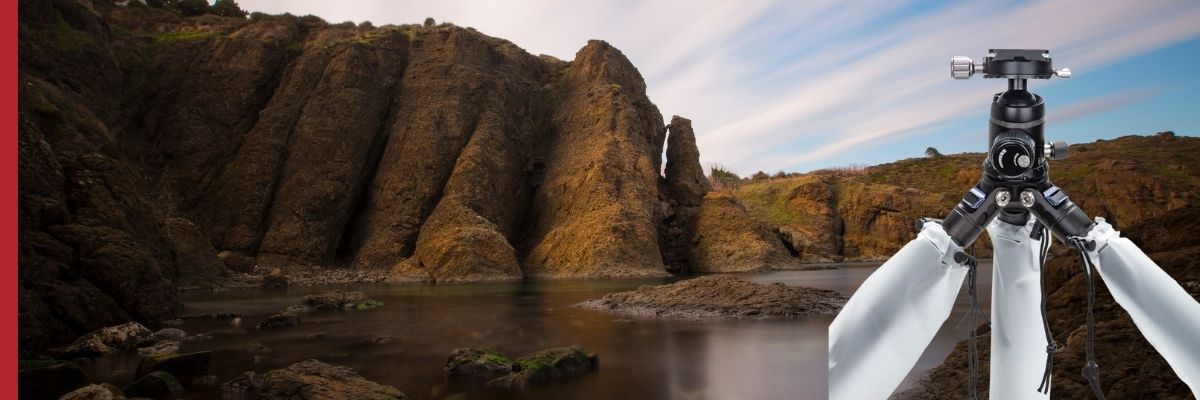KingJoy Lightweight Camera Tripods: Ideal for landscape or travel photography
Are you a traveller or nature lover in need of a practical, lightweight tripod for your camera? KingJoy tripods with easy-to-retract carbon legs are perfect for both staying mobile and for photography that requires long exposure times.
Frequently Asked Questions About Professional Camera Tripods
Why is a tripod useful?
Shaky pictures and heavy tripods can take the fun out of photography. A camera tripod enables a comfortable working height and relieves the photographer, who often carries heavy equipment with him. By keeping the camera steady, it is possible to achieve longer exposure times. A tripod is essential for exposure times below 1/60. That's why you should never do without a tripod when taking landscape photos. Camera tripods are also a great support for photographers when it comes to macro photos and shots with a long focal length. Using a tripod is essential for video recordings and it should be part of the basic equipment, because nobody really needs shaky video recordings.
Which material for a camera tripod is better? Aluminium or carbon?
A carbon fibre tripod is more expensive to buy, but lighter in weight. This advantage should not be underestimated on a long photo session. In addition, carbon is more robust and does not sway as quickly. The advantage of an aluminium tripod is that it is cheaper. However, a camera tripod made of aluminium is heavier and more sensitive to temperature.
Why is there a spirit level on tripods?
Even if you have the feeling that you have aligned your tripod straight, this impression can sometimes be deceptive. That's why an integrated spirit level is the most accurate way to ensure that your camera tripod is 100% level on uneven ground. The spirit level shows whether the tripod is aligned parallel to the horizon. Sloping horizon lines can have a negative effect on the overall picture.
What is the centre column on a photo tripod?
Camera tripods for photography are available with or without a centre column. A centre column allows you to increase the working height. It serves as an additional extension. However, a tripod with a centre column is more likely to sway in the wind. There are also centre columns that can be swivelled or reversed.
What accessories are available for tripods?
- Tripod head (if not already available)
- Quick release plate (if not already available)
- L-angle
Which camera tripod is right for me?
Not all tripods for photography are the same. Which one suits you best depends entirely on what you want to use the tripod for. Hobby and travel photographers have different requirements than professional photographers or landscape photographers. Lightweight and compact tripods are ideal for people who enjoy walking. Buy only the tripod that you can carry and really need. The correct tripod size depends on the maximum height of the tripod and tripod head, your own height and the size of the camera.
What to consider when buying a tripod?
- Weight: How heavy is the camera tripod? What do you want to use it for? Traveling or at home?
- Working height: What is the minimum and maximum working height of the tripod? Can the legs be extended?
- Tripod head: Precision or speed?
- Stability and load capacity: From which material is the photo tripod made? What is the weight of your heaviest camera lens?
- Handling: How are the tripod legs fixed? Is there a built-in bubble level? Does the centre column have a crank drive?
How to put a camera on the tripod?
- Check the tripod head for stability.
- Check that the camera tripod mount is securely attached to the camera.
- Mount and tighten the holding plate / quick release plate / camera plate on the tripod.
- Take photos :)
What are the functions of a camera tripod?
- Fixing the camera in one position
- Avoiding camera shake
- Precise framing of a picture
- Focus on image composition and sharpness
- Supporting the weight of the camera
How do I use a tripod for photography?
- Straight alignment: If the ground is uneven, the tripod legs must be extended to different extents. A spirit level on the tripod can help here.
- Leg sections: The larger leg sections provide more stability and should be extended first.
- Tripod hook: In windy weather conditions, the camera tripod can be additionally weighed down with any weight on the tripod hook.
- Centre column: The centre column (if available) should only be used when all tripod legs are extended.
- Surface: Depending on the nature of the ground, other feet might be useful. Rubber feet are good for a stable surface. If the ground is soft, spikes should be used.
- Transport: If you want to walk to the next location, the camera should definitely be removed.
- Weight shift: A different position of the camera means a different weight shift. To avoid the danger of tipping over, a tripod leg should be placed above the camera.















